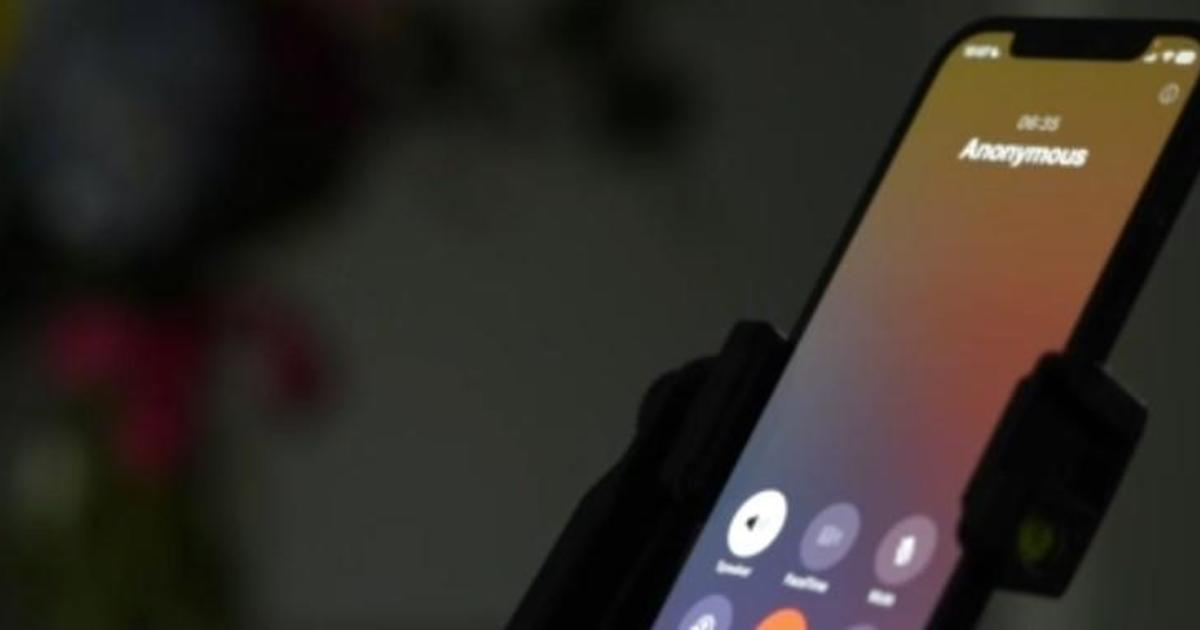After Decades, Cuban Crocodiles Born At D.C. Zoo
WASHINGTON (AP) -- An old gal is a new mom. Dorothy, an endangered Cuban crocodile at the National Zoo, has two new hatchlings.
Dorothy is thought to be 55 years old, and zookeepers in Washington figured she stopped laying eggs years ago, so they were taken by surprise when two little reptiles hatched in July.
Scientists kept their eggs in incubators for months.
So far they seem healthy and are nipping at their handlers.
This is the first time in nearly 25 years that the zoo has successfully hatched the critically endangered Cuban crocodiles.
Scientists believe there are fewer than 6,000 remaining in the wild in two small areas of Cuba. U.S. zoos are trying to expand the population, though births are rare. There have been a handful of hatchings in Florida and Kentucky zoos.
The newest hatchings are considered genetically valuable because their mother, Dorothy, was caught in the wild. She hasn't produced offspring before. Now her offspring can eventually breed in the larger captive population to help sustain the species.
Matthew Evans, supervisory biologist at the National Zoo, said animal keepers were "super excited" to be able to preserve and share Dorothy's valuable genetic diversity.
"This is a really old animal, so we thought our window was kind of lost," Evans said. "To actually have offspring that we're
sitting here looking at is just -- I can't express to you how cool and exciting that is."
The hatchlings are tiny and aggressive. They already have teeth and know how to use them.
Animal keepers are watching them closely and are keeping them in incubators as they grow. They eat a cricket every few days for nourishment.
Scientists are using the opportunity to observe their behavior and how they learn. The hatchlings are kept separate, though. They hatched several days apart and Cuban crocodiles tend to be aggressive, even toward each other. Many zoos don't keep them because they're difficult to handle.
It had been at least five years since Dorothy last laid eggs, though she was still breeding with the male crocodile, Jefe. So
animal keepers were surprised when her behavior suddenly changed.
"Whenever we saw her starting to kick mulch around, it caught our attention, so we isolated the other animals from the exhibit and let her have the space," said animal keeper Barbara Watkins.
Then they began looking for changes in Dorothy's body shape.
"The body looks different after you lay 26 eggs," Watkins said.
Once they saw a change, keepers moved Dorothy out of the exhibit and found a nest she had created near one end of a log. They collected 26 eggs and found that 12 of them were fertile.
Zookeepers immediately began incubating the eggs, checking them daily and weekly, measuring the development of the embryos inside.
Temperature determines the sex of the animals, rather than DNA, so they kept the eggs between 89.5 and 90.5 degrees to produce male crocodiles.
Eventually they had just five viable eggs left, and two hatched successfully after more than two months of incubation.
Dorothy still guards the spot where she built a nest, not knowing the eggs are gone. It's not safe, though, to return the
babies to the parents, though, zookeepers said.
The zoo may place one of the hatchlings on exhibit in the months ahead to show people the effort to conserve the species.
Cuban crocodiles are at risk of extinction, facing several threats.
"The habitat left for them in the wild is very small, and it's shrinking," Evans said. "You have humans still hunting them. You have breeding and in-breeding between Cuban crocodiles and American crocodiles. So now, in the wild, the genetics are getting kind of muddied up. That's potentially a huge problem."
(Copyright 2012 by The Associated Press. All Rights Reserved.)



